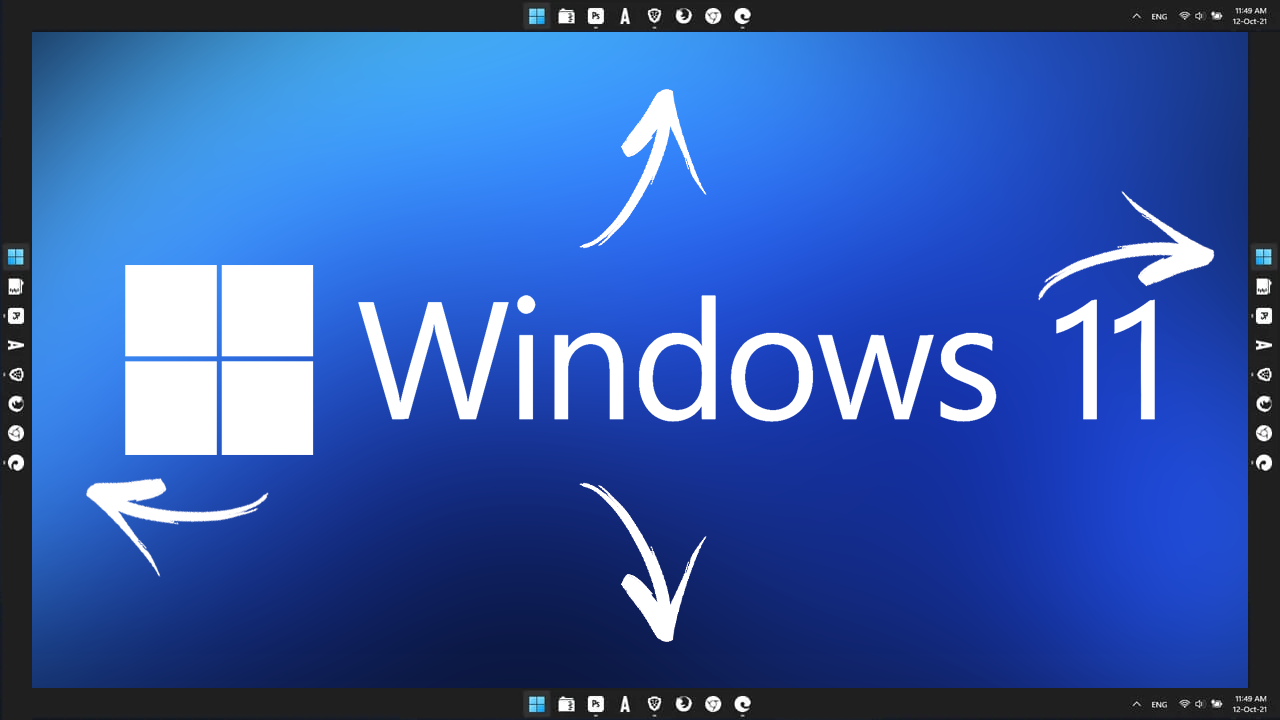Live Captions in Windows 11 just got an upgrade: Microsoft now supports more languages

Live Captions is an interesting feature of Microsoft's Windows 11 operating system. It is a system-wide feature that enables live captions for any type of video stream on the system. Play a video on YouTube in your favorite browser, and you get live captions. Play a local video in Media Player, you get live captions.
Live Captions is already integrated in Windows 11 version 22H2, but it is limited to U.S. English at the moment. That's a severe limitation, considering that most Windows users rely on different languages.
Microsoft released a new build to the Insider channel yesterday that expands support to more languages.
Now, Windows 11's live captions system supports the following languages and dialects as well: Chinese (Simplified and Traditional), French, German, Italian, Japanese, Portuguese (Brazil), Spanish and several English dialects. Microsoft promises that more languages will be added in the future to expand support further.
These languages are now supported in the latest Windows 11 Insider build, and they will come to Windows 11 Stable at a later point this year.
Live Captions in Windows 11

The easiest way to turn on Live Captions is to press the shortcut Windows-Ctrl-L. If that does not work, open Start > Settings > Accessibility > Captions and flip the preference to On.
First time you do that, you are prompted to download a language pack for the selected language; this language pack is required to enable live captions support. The feature works locally and does not require an Internet connection.
Once downloaded, live captions are toggled with the same keyboard shortcut or by going to the Settings menu. The default style is white on black, but users may change it to another default style or create their own.
The live captions interface is displayed as a floating overlay by default; this too can be changed so that they display at the top or the bottom of the screen always.
Closing Words
Live captions work well for the most part on Windows 11. The feature has sometimes difficulties picking up a stream, or it may display captions with a delay. It is also designed to provide live captions for any content when enabled, which means that you will sometimes get garbled captions if a language is not supported.
If you have enabled English captions, but play a video in Japanese, German or Spanish, then you will end up with captions that are not useful. Support for additional languages reduces the likelihood of this happening, but stable users need to wait a bit longer before more languages become available.
Most users will probably download language packs only for the languages that they understand, which means that there is still the chance of garbled captions when a video in another language is played. It is easy enough to turn off live captions using the shortcut though.
Now You: have you tried live captions? What is your take on the feature?




















Interesting, over two months ago Google also added support for five more languages to Chrome’s live caption:
https://redd.it/z3rtwt
.
I prefer Chrome’s live captions because the bubble doesn’t have that (almost empty) sidebar that the Windows 11 live captions bubble has.